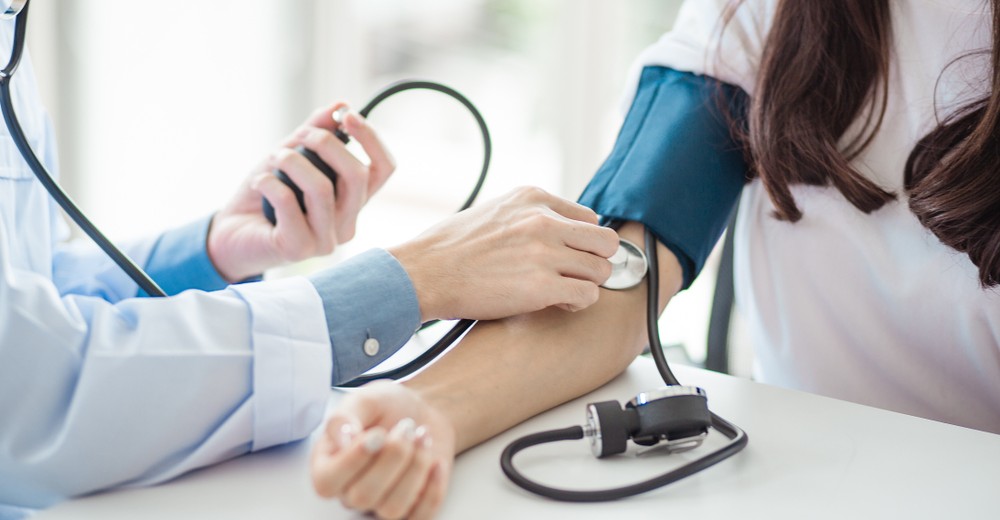Deciding when should you go to the emergency room can be a life-saving choice, but it’s not always clear when a situation warrants immediate care. Emergency rooms (ERs) are designed for serious, life-threatening conditions, yet many people hesitate due to uncertainty or fear of overreacting. Conversely, some visit the ER for minor issues, straining resources. This comprehensive 1500-word guide explores why knowing when should you go to the emergency room matters, the risks of delaying care, and 15 key scenarios that require urgent attention. Backed by medical insights, these tips will help you make informed decisions to protect your health.
Why Knowing When to Go to the ER Matters
The ER is equipped to handle critical conditions like heart attacks, severe injuries, or strokes, where minutes can mean the difference between life and death. According to the CDC, over 130 million ER visits occur annually in the U.S., with 20% involving life-threatening issues. Recognizing when should you go to the emergency room ensures timely treatment, prevents complications, and avoids unnecessary visits for non-emergencies, which can lead to long wait times and high costs. Understanding these distinctions empowers you to act confidently in a crisis.
The Risks of Delaying or Avoiding ER Care
Delaying a visit when should you go to the emergency room can have dire consequences. For example, waiting to seek care for chest pain may worsen a heart attack, while ignoring severe bleeding can lead to shock. Studies show that delayed treatment for strokes reduces the effectiveness of clot-busting drugs by 10% per hour. On the other hand, visiting the ER for minor issues like a sore throat clogs the system, delaying care for critical patients. Knowing when should you go to the emergency room balances urgency with resource use.
Common Challenges to Deciding on ER Care
Several factors complicate decisions about when should you go to the emergency room:
- Uncertainty: Symptoms like abdominal pain can range from mild to life-threatening, causing confusion.
- Cost Concerns: High ER bills or lack of insurance may deter visits, even for emergencies.
- Access Issues: Rural areas or long wait times can delay care.
- Fear of Overreacting: Many worry about “bothering” medical staff with non-emergencies.
- Lack of Knowledge: Not recognizing serious symptoms leads to underestimating urgency.
Despite these challenges, clear guidelines on when should you go to the emergency room can help you navigate these obstacles with confidence.
15 Scenarios When You Should Go to the Emergency Room
Below are 15 critical situations that indicate when should you go to the emergency room. These are backed by medical guidelines and designed to help you identify emergencies requiring immediate care.
1. Chest Pain or Pressure
Severe chest pain, especially with sweating, shortness of breath, or arm/jaw pain, may signal a heart attack. Go to the ER immediately, as delays reduce survival odds. This is a top scenario for when should you go to the emergency room.
2. Difficulty Breathing
Sudden shortness of breath, wheezing, or gasping, whether from asthma, allergies, or unknown causes, requires urgent care. Oxygen levels can drop rapidly, making this a critical when should you go to the emergency room moment.
3. Severe Abdominal Pain
Intense, persistent abdominal pain, especially with fever, vomiting, or blood in stool, could indicate appendicitis, kidney stones, or organ issues. Seek ER care to diagnose the cause, a key when should you go to the emergency room scenario.
4. Sudden Weakness or Numbness
Sudden weakness, numbness, or paralysis on one side of the body may signal a stroke. Other signs include slurred speech or vision loss. Time is critical, so this is a clear when should you go to the emergency room situation.
5. Severe Bleeding
Uncontrolled bleeding from cuts, injuries, or internal sources (e.g., vomiting blood) requires immediate ER attention. Blood loss can lead to shock, making this a priority for when should you go to the emergency room.
6. Head Injury with Symptoms
A head injury with confusion, vomiting, loss of consciousness, or severe headache may indicate a concussion or brain bleed. Go to the ER to prevent complications, a vital when should you go to the emergency room case.
7. High Fever in Infants or Adults
A fever above 103°F (39.4°C) in adults or 100.4°F (38°C) in infants under 3 months, especially with lethargy or rash, warrants ER care. It may signal serious infections, a key when should you go to the emergency room scenario.
8. Seizures
A first-time seizure, prolonged seizure (over 5 minutes), or seizures without a known epilepsy diagnosis requires immediate ER evaluation. This is a critical when should you go to the emergency room moment to prevent harm.
9. Sudden Vision Loss
Sudden loss or blurring of vision in one or both eyes may indicate a retinal issue, stroke, or glaucoma. Seek ER care to protect eyesight, a pressing when should you go to the emergency room situation.
10. Severe Allergic Reactions
Symptoms like swelling, difficulty breathing, or hives after exposure to an allergen (e.g., food, insect sting) indicate anaphylaxis. Use an EpiPen if available and go to the ER, a life-or-death when should you go to the emergency room case.
11. Broken Bones or Dislocations
Visible bone deformities, inability to move a limb, or severe pain after a fall suggest a fracture or dislocation. ER care ensures proper treatment, making this a clear when should you go to the emergency room scenario.
12. Persistent Vomiting or Diarrhea
Vomiting or diarrhea lasting over 24 hours, especially with dehydration signs (dry mouth, dizziness), requires ER attention to prevent organ damage. This is a key when should you go to the emergency room situation.
13. Suspected Poisoning
Accidental ingestion of toxic substances (e.g., medications, chemicals) or overdose symptoms like confusion or seizures demands immediate ER care. Call poison control en route, but this is a critical when should you go to the emergency room moment.
14. Severe Burns
Burns covering large areas, affecting the face/hands, or causing blisters/charred skin require ER treatment to prevent infection or scarring. Burns are a serious when should you go to the emergency room case.
15. Mental Health Crisis
Suicidal thoughts, severe panic attacks, or behavior posing danger to self or others warrant immediate ER care. Mental health emergencies are valid reasons for when should you go to the emergency room to ensure safety.
Practical Tips for ER Decisions
To navigate when should you go to the emergency room effectively, follow these strategies:
- Trust Your Instincts: If something feels seriously wrong, err on the side of caution and seek care.
- Call Ahead: Contact the ER or a nurse hotline to confirm if your symptoms require immediate attention.
- Bring Information: Carry a list of medications, allergies, and medical history to streamline ER care.
- Know Alternatives: For non-emergencies (e.g., minor cuts, colds), visit urgent care or a primary doctor to avoid ER overcrowding.
- Prepare Financially: Understand your insurance coverage for ER visits to reduce stress about costs.
Special Considerations for Different Groups
- Children: Infants or young kids with high fevers, breathing issues, or lethargy need faster ER evaluation due to their vulnerability.
- Seniors: Older adults may have atypical symptoms (e.g., confusion instead of chest pain), so be vigilant for subtle signs.
- Chronic Illness Patients: Those with diabetes or heart disease should seek ER care sooner for symptoms like shortness of breath.
- Pregnant Women: Severe abdominal pain, bleeding, or reduced fetal movement are urgent when should you go to the emergency room scenarios.
The Science Behind Emergency Care
Research highlights the importance of knowing when should you go to the emergency room. A 2020 study in The Lancet found that timely ER visits for heart attacks increase survival rates by 30%. Stroke patients treated within 3 hours of symptoms have a 20% better recovery rate. Conversely, non-urgent ER visits account for 40% of cases, delaying care for true emergencies. These findings underscore why clear decision-making is critical for health outcomes.
Overcoming Common Obstacles
Cost, fear, or access issues can hinder decisions about when should you go to the emergency room. Overcome these by:
- Cost Management: Use community clinics or telehealth for non-emergencies to save money.
- Reducing Fear: Educate yourself on symptoms to feel confident in seeking care.
- Access Solutions: Identify nearby ERs or urgent care centers before an emergency arises.
- Preparation: Keep a health card with emergency contacts and medical info for quick action.
When to Choose Urgent Care or a Doctor
For non-life-threatening issues like minor sprains, colds, or ear infections, urgent care or a primary doctor is often more appropriate. These settings offer faster service and lower costs than the ER, reserving emergency resources for critical cases of when should you go to the emergency room.
Conclusion: Be Ready to Act When It Counts
Knowing when should you go to the emergency room can save lives, prevent complications, and ensure timely care. From chest pain to severe allergic reactions, recognizing these 15 scenarios empowers you to act decisively. Prepare by learning symptoms, keeping medical info handy, and trusting your instincts. Start by memorizing one or two key signs—like chest pain or sudden weakness—and build your knowledge from there. Your health is worth the vigilance.
Call to Action: What’s one tip you’ll use to decide when should you go to the emergency room? Share your thoughts or experiences in the comments below, and let’s inspire each other to stay prepared!


